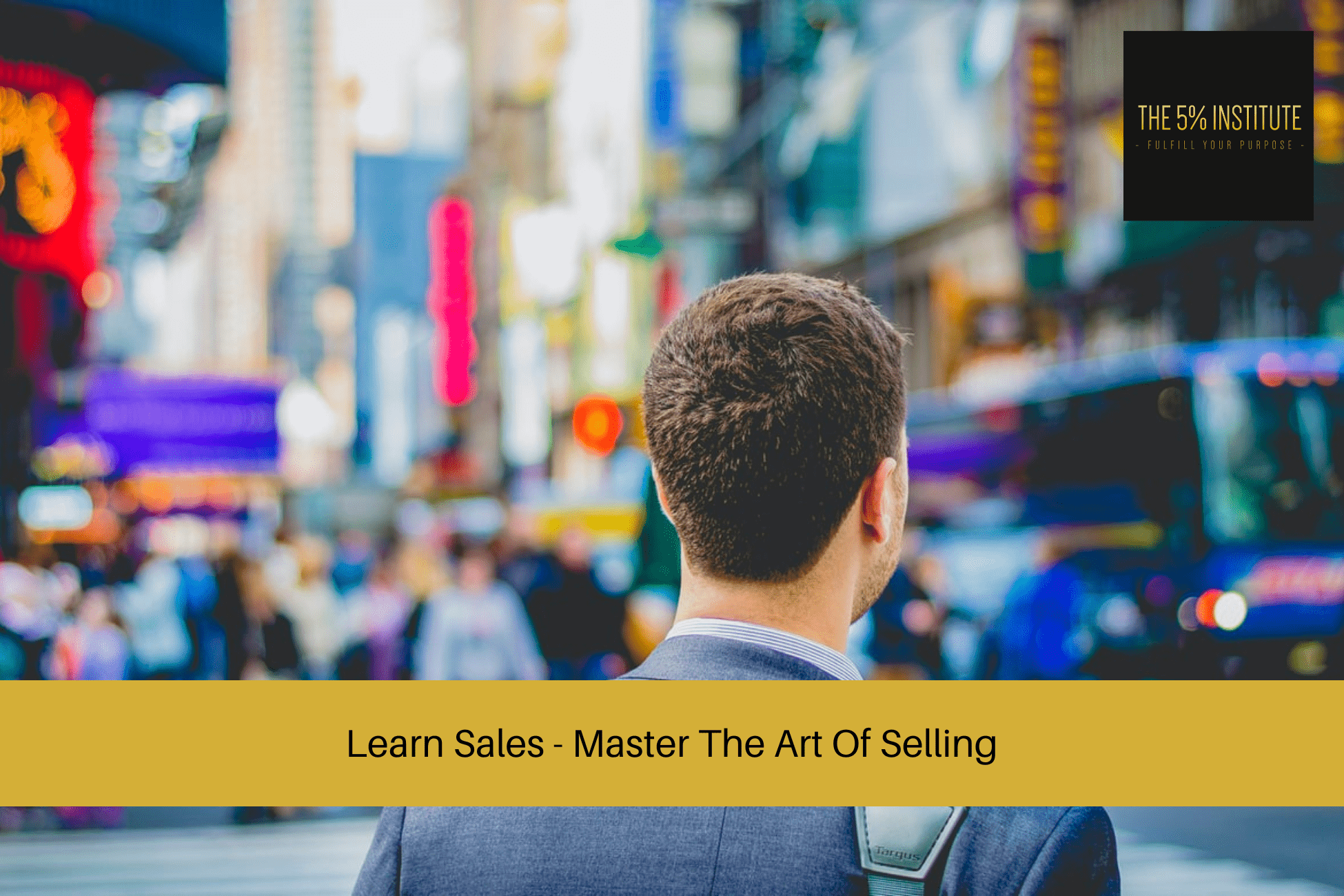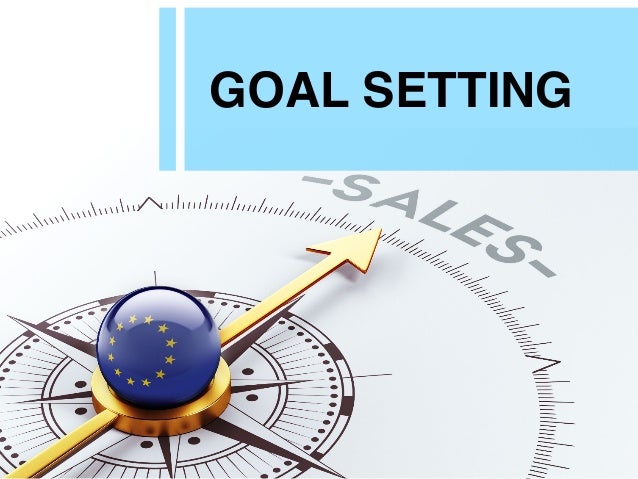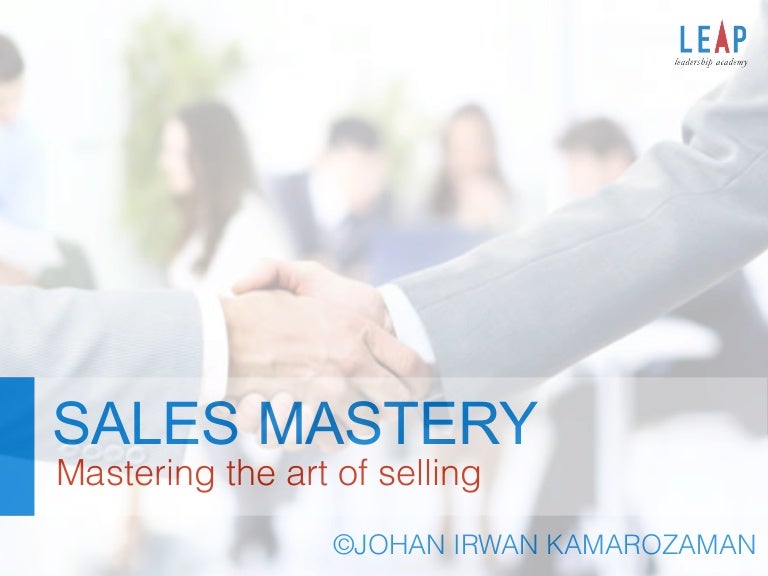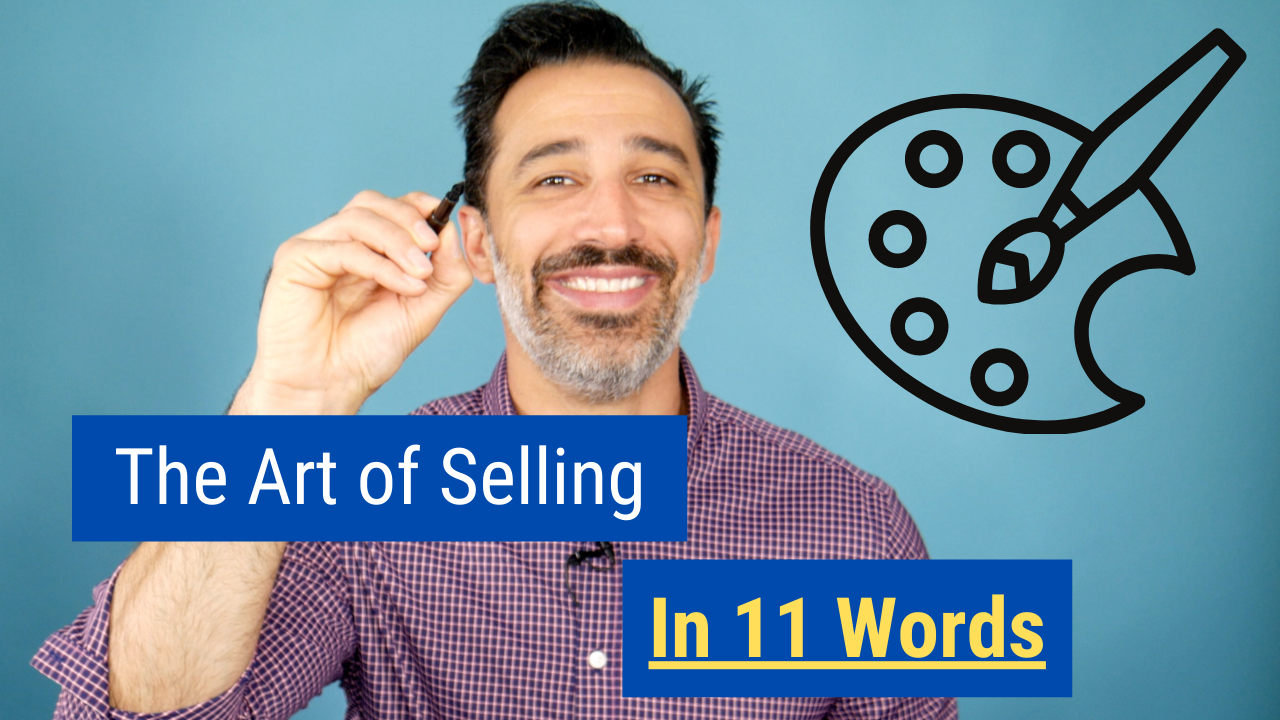Mastering the Art of Selling: Unlocking the Value of Your Product or Service

You’ve poured your heart and soul into creating something amazing – a product or service that you believe in wholeheartedly. Now, the challenge lies in effectively communicating its value to potential customers, turning them from curious onlookers into enthusiastic buyers.
This is where the art of selling comes in. It’s not about hard-selling or manipulation; it’s about building genuine connections and demonstrating how your offering solves real problems and enhances lives. To do this effectively, you need to understand your ideal customer, their needs, and how your product or service fits into their world.

Let’s break down the process of effectively communicating the features and benefits of your product or service, using a hypothetical example to illustrate the concepts:
1. Define Your Ideal Customer:
Before you can start crafting your message, you need to understand who you’re talking to. This involves creating a detailed profile of your ideal customer, encompassing:

- Demographics: Age, gender, location, income, education, occupation.
- Psychographics: Values, beliefs, interests, hobbies, lifestyle, personality traits.
- Needs and Pain Points: What challenges are they facing? What problems are they trying to solve? What are their frustrations?
- Motivations: What are their goals? What are they hoping to achieve?


Example:

Imagine you’re selling a line of eco-friendly cleaning products. Your ideal customer might be a young, environmentally conscious professional living in an urban area. They value sustainability, are concerned about the impact of conventional cleaning products on their health and the environment, and are willing to pay a premium for natural and effective solutions.
2. Identify Key Features and Benefits:

Once you understand your ideal customer, you can start identifying the features and benefits of your product or service that resonate most with them.

- Features: These are the tangible aspects of your product or service – its components, functionalities, and specifications.
- Benefits: These are the intangible advantages that your product or service provides to your customers – how it solves their problems, improves their lives, and fulfills their needs.

Example:

Feature: Your eco-friendly cleaning product is made with plant-based ingredients and biodegradable formulas.
Benefit: It’s safe for your family, pets, and the environment, reducing your environmental footprint and promoting a healthier home.
3. Craft a Compelling Value Proposition:
Your value proposition is a clear and concise statement that explains how your product or service solves your customer’s problems and provides them with unique value. It should be focused, specific, and easy to understand.
Example:

Value Proposition: "Our eco-friendly cleaning products provide a safe and effective way to clean your home without compromising your health or the environment. We use plant-based ingredients and biodegradable formulas, so you can feel good about using our products and leaving a lighter footprint on the planet."
4. Highlight the "Why It Matters" Factor:
Don’t just list features and benefits; explain why they matter to your ideal customer. Connect them to their needs, desires, and pain points.

Example:
Instead of simply saying "Our cleaning products are biodegradable," you could say: "Our cleaning products are biodegradable, so you can rest assured that you’re not contributing to harmful chemicals ending up in our waterways and harming marine life." This emphasizes the environmental impact and connects with the eco-conscious values of your ideal customer.
5. Use Storytelling to Create Emotional Connection:
Stories are powerful tools for connecting with people on an emotional level. Use storytelling to illustrate the benefits of your product or service, making it relatable and memorable.
Example:
You could tell a story about a family who switched to your eco-friendly cleaning products after experiencing allergies from conventional cleaners. The story could highlight the positive impact on their health and well-being, making your product more appealing to potential customers who are concerned about similar issues.
6. Leverage Visuals and Demonstrations:
Visuals are essential for conveying information quickly and effectively. Use high-quality images, videos, and demonstrations to showcase your product or service in action.
Example:
You could create a video demonstrating the effectiveness of your cleaning products on different surfaces, highlighting their natural ingredients and biodegradable formulas. This visual representation would be more engaging and persuasive than simply listing the features and benefits.
7. Use Social Proof and Testimonials:
Social proof is a powerful form of validation. Share customer testimonials, reviews, and case studies to demonstrate the effectiveness of your product or service and build trust with potential customers.
Example:
You could include testimonials from satisfied customers who have experienced positive results from using your eco-friendly cleaning products. These testimonials would provide social proof and encourage potential customers to try your products.
8. Emphasize the "Unique Selling Proposition (USP):
What makes your product or service stand out from the competition? Highlight your USP – the unique advantage that sets you apart.
Example:
Your eco-friendly cleaning products might be the only ones on the market that are certified organic and cruelty-free. This unique selling proposition would appeal to customers who are looking for the highest quality and ethical standards.
9. Offer a Clear Call to Action:
Tell your customers what you want them to do next. Make it easy for them to learn more, make a purchase, or sign up for your service.
Example:
You could offer a free sample of your eco-friendly cleaning product, invite customers to download a free guide on sustainable cleaning practices, or provide a special discount for first-time buyers.
10. Continuously Improve and Adapt:
The art of selling is an ongoing process. Continuously monitor your results, gather feedback from your customers, and adapt your messaging and strategies to ensure that you are effectively communicating the value of your product or service.
By following these steps, you can effectively communicate the features and benefits of your product or service, build trust with potential customers, and turn them into loyal buyers. Remember, the key is to focus on the "why it matters" factor and create a compelling narrative that resonates with your ideal customer.

